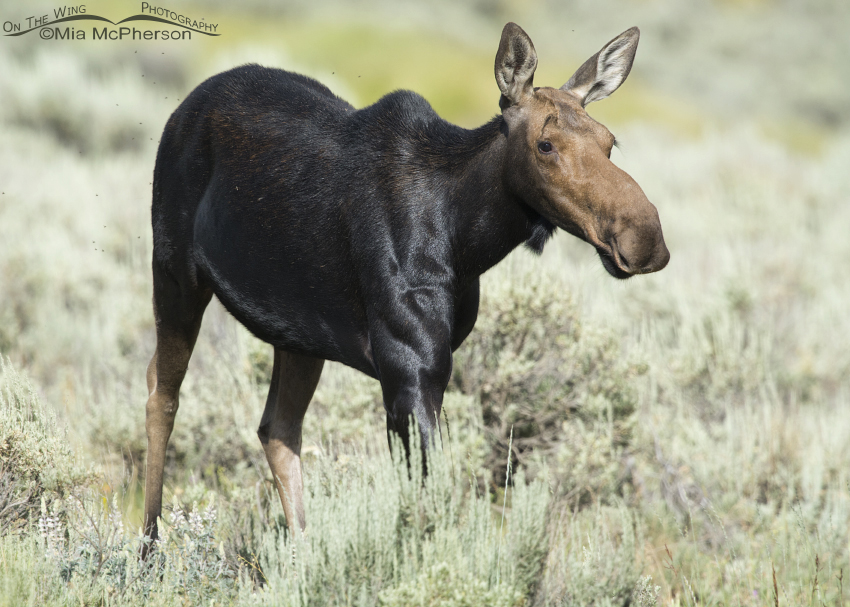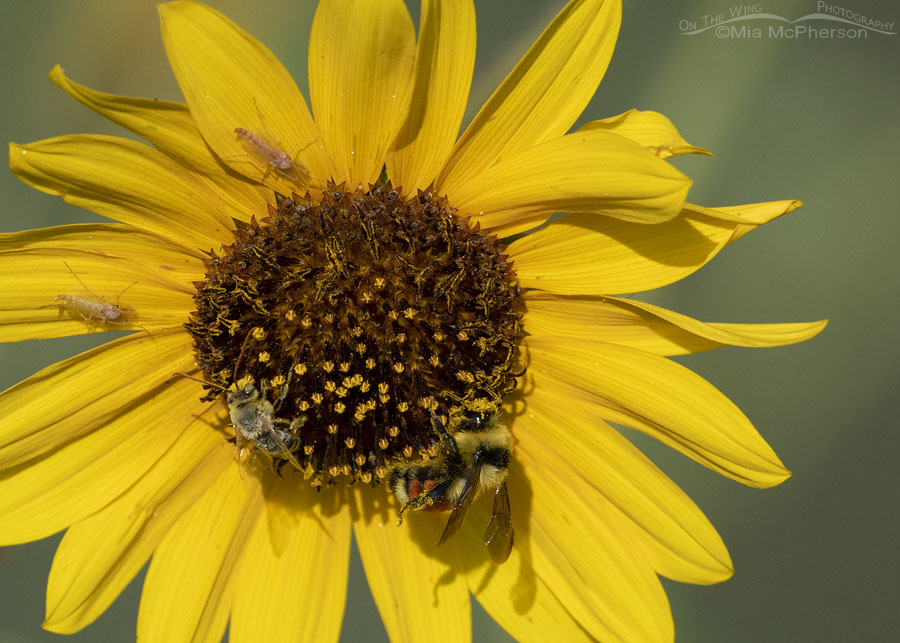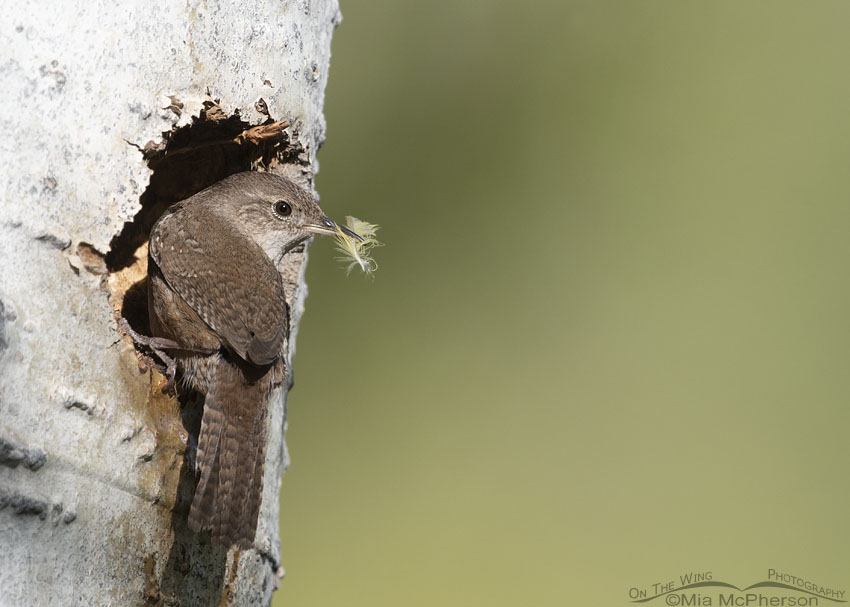Every March 3, the world comes together to honor World Wildlife Day, a global occasion that pays tribute to the astounding array of life inhabiting our planet.
 Moose cow in the sage
Moose cow in the sage
Our planet is witnessing a distressing decline in biodiversity—a staggering 69% average reduction in the populations of birds, amphibians, mammals, fish, insects, and reptiles since 1970. This decline not only jeopardizes the intricate balance of ecosystems but also undermines our own health and well-being, as well as the future of our planet.
Factors such as habitat destruction, pollution, climate change, overexploitation of resources, the overuse of pesticides and forever chemicals, introduction of invasive species, and fragmentation of habitats all have a cumulative impact and effect on wildlife. That includes wasteful water management practices locally and around the globe.
 Great Basin Bumble Bee and Long-horned Bee on a Common Sunflower
Great Basin Bumble Bee and Long-horned Bee on a Common Sunflower
The World Wildlife Day 2024 Theme is Connecting People and Planet: Exploring Digital Innovation in Wildlife Conservation.
And here I am, connecting to the world using digital technology by sharing images I created with digital innovations.
Today there are many apps like iNaturalist that can help people find out what they are seeing in nature. The submitted data is used as a repository of information that is already helping scientists understand what is going on in the world around us.
Every time I am in the field I am aware of changes in nature.
I notice when there are fewer insects. When they disappear, so do insect-eating birds. When the insect-eating birds vanish, so do the predators that prey on them.
I could write about this subject all day long, but I know that most of the people who read about my daily journeys already know what I am writing about today.
 House Wren with a yellow feather at its nest
House Wren with a yellow feather at its nest
There are large numbers of people who aren’t connected to nature, who don’t understand that everything in nature is a connected web. That when one part of nature is pushed towards extinction, a ripple effect occurs.
Reaching those people, people who say they love their grandchildren but are unwilling to accept that our climate is changing and that something must be done about it to save their future, has so far frustrated me.
My grandchildren will know that I didn’t sit on my hands; they will know I used my voice to speak up for them, wildlife, and this planet.
So, today while we celebrate the incredible diversity of wildlife on this planet, I also mourn the losses of wildlife we are encountering today and will lose in the near future.
Mia


These pics are reflective of everything I learn from you…everyday. Stunning shots! Thanks Mia.
Thanks, so true.
Thanks, so true!
Thank you for your voice. Sometimes I am inexcusably silent because I think I am powerless. That is ego speaking. You say things because they needs to be said. Many people listen to your wisdom, and I am going to do something today to speak out.